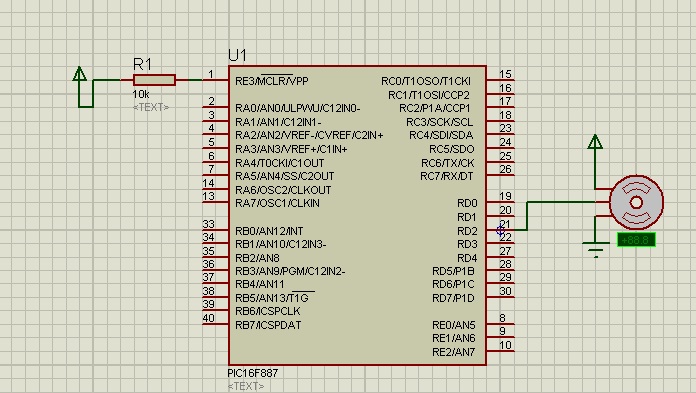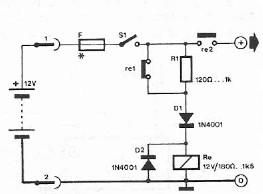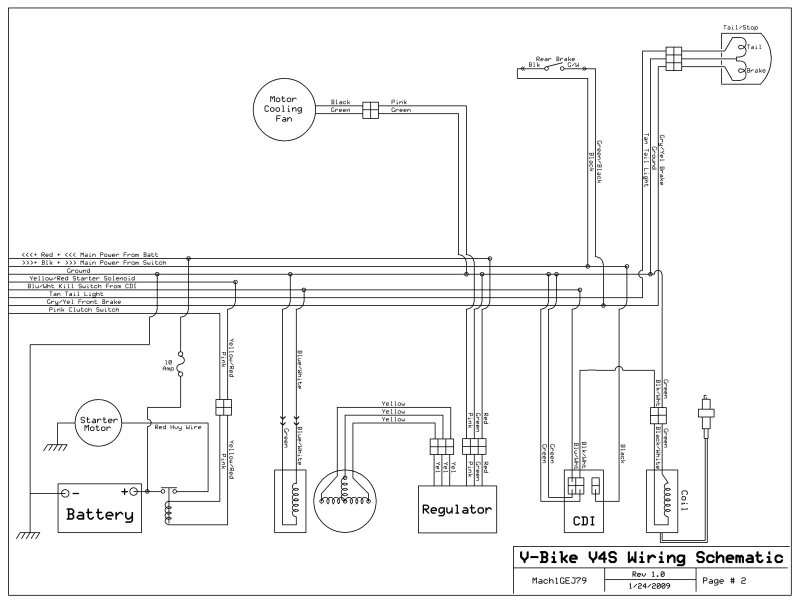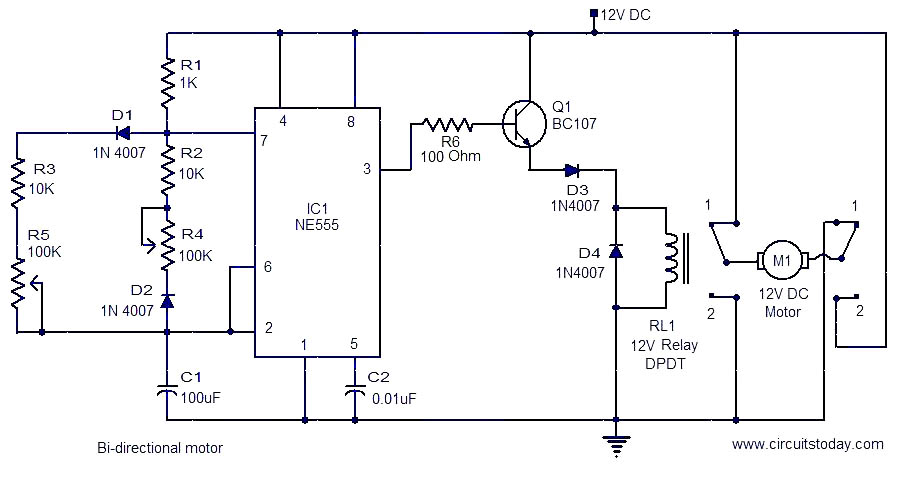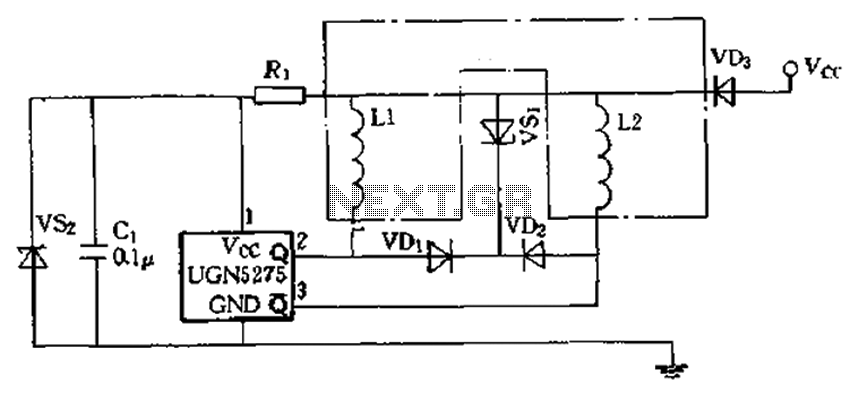
Two-speed motor stator winding 2Y-2Y connection

As illustrated in Figure 3-105, this diagram depicts the lead wiring configuration for a two-speed motor stator with a 2Y/2Y connection.
The two-speed motor stator wiring diagram is essential for understanding the configuration and operation of the motor. In this setup, the stator windings are connected in a 2Y (two-phase star) arrangement, which allows for the motor to operate at two different speeds. The diagram typically indicates the various terminals of the stator windings, showing how they connect to the power supply and the control circuitry.
In a 2Y connection, each phase of the motor is connected to a common neutral point, which reduces the voltage across each winding, thus allowing for a more efficient operation at lower speeds. The two-speed capability is often achieved by connecting different sets of windings to the power source, enabling the motor to switch between high and low speed based on the control signals received.
The diagram must clearly label the terminals, including the start and end points of each winding, as well as any additional components such as capacitors or relays that may be involved in the switching mechanism. It is crucial to ensure that the connections are made correctly to prevent any electrical faults or inefficiencies in the motor's operation. Proper understanding of this wiring diagram is vital for technicians and engineers engaged in the maintenance and troubleshooting of two-speed motors. As shown in Figure 3-105 2Y/2Y-connected two-speed motor stator windings lead wiring diagram.
The two-speed motor stator wiring diagram is essential for understanding the configuration and operation of the motor. In this setup, the stator windings are connected in a 2Y (two-phase star) arrangement, which allows for the motor to operate at two different speeds. The diagram typically indicates the various terminals of the stator windings, showing how they connect to the power supply and the control circuitry.
In a 2Y connection, each phase of the motor is connected to a common neutral point, which reduces the voltage across each winding, thus allowing for a more efficient operation at lower speeds. The two-speed capability is often achieved by connecting different sets of windings to the power source, enabling the motor to switch between high and low speed based on the control signals received.
The diagram must clearly label the terminals, including the start and end points of each winding, as well as any additional components such as capacitors or relays that may be involved in the switching mechanism. It is crucial to ensure that the connections are made correctly to prevent any electrical faults or inefficiencies in the motor's operation. Proper understanding of this wiring diagram is vital for technicians and engineers engaged in the maintenance and troubleshooting of two-speed motors. As shown in Figure 3-105 2Y/2Y-connected two-speed motor stator windings lead wiring diagram.
